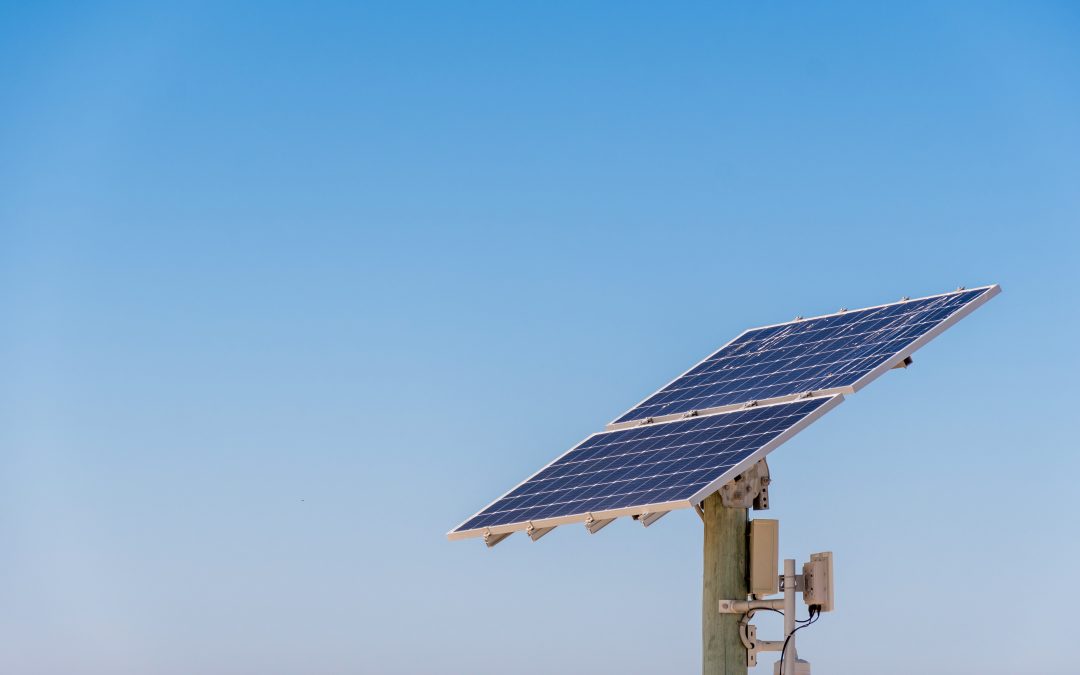As the world embraces renewable energy, the solar power landscape is undergoing a significant transformation. One of the most exciting developments is the rise of decentralized solar energy. These systems, including microgrids and peer-to-peer (P2P) energy trading platforms, are revolutionizing how individuals and communities produce, store, and manage their own energy. This shift is not only fostering energy independence but also enhancing resilience against grid outages. Let’s explore how these innovative technologies are changing the game for solar homeowners.
What is Decentralized Solar Energy?
Decentralized solar systems refer to energy solutions that allow energy production and management at a local level, rather than relying on a centralized grid. This includes:
- Microgrids: Localized grids that can operate independently or in conjunction with the main grid. They provide a reliable energy supply and can be particularly beneficial during grid outages.
- Peer-to-Peer Energy Trading Platforms: Systems that enable homeowners to trade excess energy directly with their neighbors, enhancing energy distribution and optimizing resource use.
The Impact of Decentralized Solar Energy
- Energy Independence:
- Decentralized systems empower homeowners to generate their own electricity, reducing reliance on external sources. This autonomy is particularly valuable in areas with unreliable grid infrastructure or high electricity costs (StartUs Insights) (Nexamp).
- Resilience Against Grid Outages:
- Microgrids and battery storage systems ensure a continuous power supply during grid failures. By storing excess solar energy, these systems can provide backup power, enhancing resilience during emergencies and extreme weather events (Solar Builder Magazine).
- Cost Savings:
- By producing and managing their own energy, homeowners can significantly reduce their electricity bills. P2P trading platforms allow users to sell excess energy, generating additional income and optimizing energy use within the community (Solar Builder Magazine).
- Environmental Impact:
- Decentralized systems promote the use of renewable energy, reducing greenhouse gas emissions and supporting sustainability goals. Local energy production also minimizes transmission losses, making solar power more efficient (Nexamp).
Microgrids: The Backbone of Decentralization
Microgrids are localized networks that can operate autonomously from the main grid. They integrate various energy sources, including solar panels, wind turbines, and battery storage, to provide a reliable and efficient power supply. Key features of microgrids include:
- Island Mode Operation: Microgrids can disconnect from the main grid and operate independently, ensuring a continuous power supply during outages or grid maintenance.
- Integration with Renewables: They seamlessly integrate renewable energy sources, optimizing energy production and storage.
- Advanced Management Systems: Smart controllers and energy management systems enable real-time monitoring and efficient energy distribution, maximizing system performance and reliability (Nexamp) (Solar Builder Magazine).
Peer-to-Peer Energy Trading: A New Era of Energy Sharing
P2P energy trading platforms allow homeowners to buy and sell excess solar energy directly with their neighbors. This innovative approach offers several advantages:
- Optimized Energy Use: P2P trading helps balance energy supply and demand within a community, reducing waste and improving efficiency.
- Financial Incentives: Homeowners can monetize their excess energy, offsetting installation costs and generating additional revenue.
- Community Empowerment: By fostering local energy networks, P2P trading strengthens community ties and promotes collaborative energy solutions (StartUs Insights) (Solar Builder Magazine).
Real-World Applications and Success Stories
Several communities and projects around the world are already reaping the benefits of decentralized solar systems:
- Brooklyn Microgrid (USA): This pioneering project allows participants to buy and sell locally generated solar power using blockchain technology. It has demonstrated the potential of P2P trading to enhance energy resilience and community engagement.
- Freiburg Solar Settlement (Germany): A model eco-village that combines energy-efficient housing with decentralized energy systems, including solar panels and shared battery storage. Residents enjoy energy independence and reduced utility costs.
- Tangerine Community Solar (Australia): This initiative enables homeowners to share solar energy within a virtual network, optimizing energy use and reducing costs through advanced management systems and P2P trading (Nexamp).
The Future of Decentralized Solar
As technology advances and the demand for sustainable energy solutions grows, decentralized solar systems are set to play a crucial role in the global energy transition. Key trends to watch include:
- Enhanced Battery Storage: Continued advancements in battery technology will improve energy storage capacity and efficiency, making decentralized systems more reliable and cost-effective.
- Smart Grid Integration: Integration with smart grids and IoT devices will enable more sophisticated energy management, optimizing production and consumption patterns.
- Regulatory Support: Favorable policies and incentives will drive the adoption of decentralized systems, supporting the growth of renewable energy infrastructure and reducing barriers for homeowners (StartUs Insights) (Nexamp).
In conclusion, decentralized solar systems offer a transformative approach to energy production and management. By embracing these technologies, homeowners can achieve energy independence, enhance resilience, and contribute to a sustainable future. As the solar landscape continues to evolve, decentralized systems will undoubtedly become a cornerstone of the renewable energy revolution.
Are you interested in joining the shift to renewable energy?
While there are logistical issues in making the change, we can solve them all for you, easily and economically. Contact Us at Renewable Energy and we’ll show this can be done to your advantage.


Recent Comments